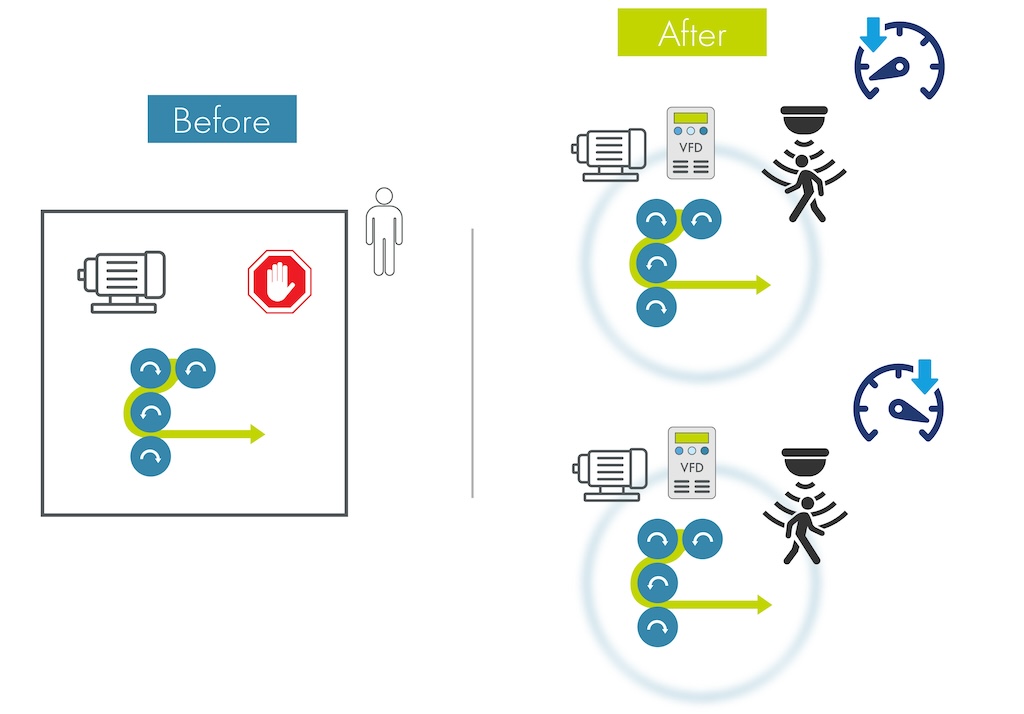Aamer Rehman, VP of Lean Solutions & Services, with supply chain management software supplier i2 Technologies, says Lean’s expansion beyond the shop floor is a natural response to global economic forces that are putting pressure on manufacturers to do more with less.
It seems that everyone is talking Lean these days—and that’s a good thing. It means the methodology that was launched on the manufacturing floors of the Toyota Motor Company more than 40 years has not only spread across the globe; it has spread across enterprises and supply chains.
Lean Manufacturing, the first of many terms used to make the original Toyota Production System, relevant to the masses, is based on a set of simple principles:
-
Production schedules will mirror actual customer demand;
-
All wasted steps—or non-value-added activities—should be removed from the production process; and
-
You should constantly be on the lookout for ways to improve the process.
-
Strict adherence to this philosophy is widely credited with helping Toyota make its initial successful foray into the U.S. automotive market, and ultimately reach what now could be considered a dominant position in that sector.
Is it any wonder that other companies have adopted the approach? And it is at all a stretch to understand how these straightforward concepts can be applied to virtually any aspect of business?
Our coverage of Lean at Manufacturing Business Technology has yielded stories of these concepts being applied to product development, supply chain management, sales, accounting, and even human resources processes.
Aamer Rehman, VP of Lean Solutions & Services, with supply chain management software supplier i2 Technologies , says Lean’s expansion beyond the shop floor is a natural response to global economic forces that are putting pressure on manufacturers to do more with less.
He also argues that supply chain management applications are the perfect tools to support Lean.
At i2, we have historically focused on improving operational excellence,” Rehman declares. “Key Lean principles like minimizing waste and reducing lead times have always been embedded in our methodology. And Lean concepts like establishing standard work processes and capturing knowledge for continuous improvement can be beneficial in any part of the supply chain.”
In addition to its core process optimization solutions, Rehman says i2 recently has developed a number of other tools—such as dashboards for near real-time performance analysis—that can aid a company’s Lean journey.
Transplace , a third-party logistics provider, started using Lean principles internally about two years ago as a way of improving its service to customers, according to Barry Gassaway, VP and Lean, Six Sigma champion. The effort proved so successful that Transplace now also applies Lean methodologies to help its customers improve their processes whenever the opportunity arises.
Gassaway says Transplace typically focuses on three key performance indicators when working with customers:-
On-time pickup and delivery,
-
Order lead times, and
-
Order fulfillment rates.
-
In the course of doing business, if we observe the opportunity to change a process in a way that will improve one of these metrics, we will initiate a joint [Lean program] with the customer,” Gassaway says, adding that these programs typically yield a 30-percent to 50-percent improvement in the targeted metric.
Transplace’s approach to Lean also highlights another inherent strength of the methodology: while it can be compatible with sophisticated information technology, in many cases, it can yield significant productivity improvements without the aid of any technology at all.
Because we’re not dealing with complex processes, we don’t need technology to support Lean,” Gassaway says. “We use basic methodologies like value stream mapping and value-add analysis. These basic tools almost always solve the problem.
If you want to learn more about how to apply Lean across your business—without or without the aid of technology—peruse the rest of this newsletter. And keep reading every month. Our goal is to make you the Lean expert in your organization.
-



